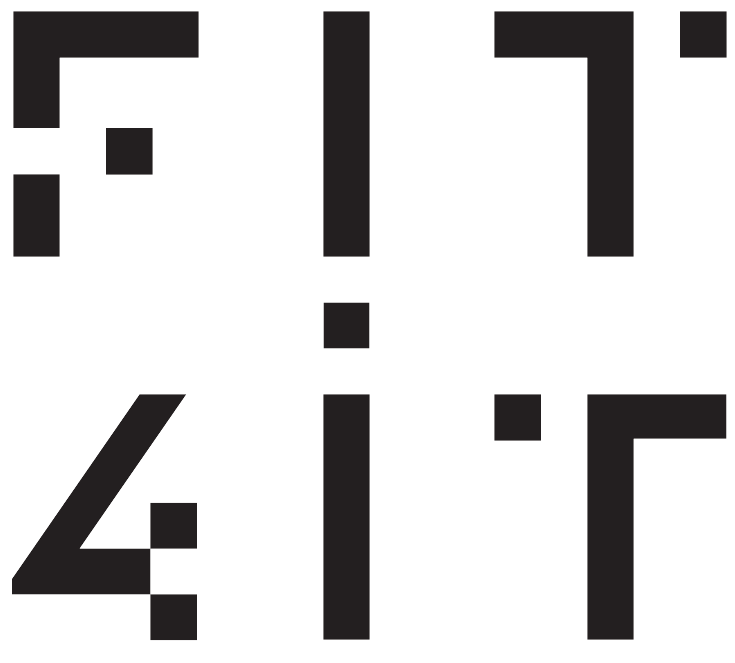Tempo weight training is all about control, rhythm, and precision. You can challenge your muscles by managing the speed of each phase of a movement. The result? You will notice improved form and faster progress. Let’s break it down in detail.
What Is Tempo Training All About?
At its core, tempo training mainly refers to controlling the speed of your lifts. Each exercise basically follows a four-number sequence that represents seconds spent in each phase, such as Eccentric (lowering) > Pause (bottom) > Concentric (lifting) > Pause (top).
For example, you can imagine a 3-1-2-0 tempo in a squat like:
- 3 seconds lowering down.
- 1 second pause when you’re at the bottom.
- 2 seconds driving up.
- 0 seconds rest at the top before the next step.
This structure will force your muscles to stay active throughout the movement, keeping tension constant.
Mechanism Of Tempo Weight Training

Tempo training helps strengthen your muscles.
The real secret behind weight training lies in “time under tension”. This is basically the total amount of time your muscles spend working during each set. Increasing your TUT improves your overall muscle endurance and helps you perfect your form.
Think of it like this: when you slow down, you remove momentum. Every rep causes the stabilizer muscles to engage, and your nervous system stays focused. Over time, this increases your core strength, coordination, and mind-muscle connection.
If you’ve ever faced a mental block or felt a lack of motivation to train, changing your tempo can definitely reignite that sense of excitement.
The Science Behind Controlled Movement
When you move with control, you activate both slow-twitch and fast-twitch muscle fibers. During your eccentric phase, it promotes the production of microtears in muscle tissues, which is an important step in growth.
Also, controlled training helps improve your nervous system’s overall ability to fire motor units. This directly means you get stronger muscle fibers, smoother coordination, and more balanced strength development. It’s also safer, as tempo control helps reduce the risk of jerky movements, especially when you’re lifting heavy.
This is why FIT4IT personal training programs include tempo work for exactly these reasons. Our trainers use it to refine your form, build awareness, and make sure that clients progress safely while still getting maximum results.
What Are The Benefits of Tempo Training?
You know what motivates a person to work hard? Knowing the benefits of tempo training. Here are a few that will make you get excited for your next training session.
- Builds Strength and Stability: By increasing your TUT, your muscles are forced to stabilize longer. This leads to getting stronger connective tissues and improved posture, which is often the leading cause of weight gain.
- Promotes Muscle Growth: Slow, controlled reps will boost muscle fiber recruitment.
- It Improves Technique: Tempo training helps each rep feel like a lesson on precision.
- Reduces the Risk of Injury: Slow movement makes sure you stay in control through every phase, protecting your joints and ligaments.
- It Boosts Mental Focus: As you stay present during training, it helps your mind stay focused and balances out your pacing, which helps if you’re recovering from fatigue and mental overload.
The Most Optimal Tempo Training Technique
Remember, not all tempos serve the same purpose. Choosing the right one totally depends on your objective. Here are a few different ones you can try out:
- For Strength: 2-1-1-0 or 3-1-1-0
- For Hypertrophy: 3-1-2-0 or 4-1-2-1
- For Endurance: 2-0-2-0
- For Power: 1-0-X-0 (The X here means doing explosive lifts to train speed and force)
How To Include Tempo Training In Your Core Workout
The best way to include tempo training directly into your workout session is to focus on clustered movements. This includes squats, presses, pull-ups, and deadlifts. Why? These exercises engage multiple muscle groups altogether.
You can start by adding tempo to just one or two lifts per session. For example, perform tempo squats with a 3-second descent, and hold briefly when you go down to the bottom, then drive up powerfully. Also, focus on your breathing and posture, as it will always outperform rushed sets.
Common Mistakes You Should Avoid
Even though you think tempo training might be easy, there are a few common mistakes that you might be making. Here’s what you should avoid doing:
- Ignoring the Clock: Count each second, and don’t try to speed through the training.
- Choosing a Heavy Weight: Focus on your form first, as heavier loads can be incorporated later.
- Skipping Rest: Tempo training is really demanding. Give your muscles enough time to recover between sets (follow the warming up and cooling down strategy) and add rest days to your schedule.

Tempo training improves mind-muscle connection by forcing focus.
If you’re new to structured workouts, tempo training is perhaps the perfect place to start. It teaches you patience and awareness, which are skills that protect you from injury as you progress.
Start light, and practice the rhythm before increasing your load. A training session can help you understand how tempo feels in your body, especially during complex lifts.
Final Thoughts
Tempo training completely transforms how you approach movement. It’s all about moving better and becoming more mentally focused. Whether you’re a beginner trying to build control or an experienced athlete aiming for precision, mastering tempo weight training helps refine both form and focus.
With tempo training, each rep becomes almost intentional, and every pause makes you realize just how long seconds are (think microwave minutes!). But, when it’s combined with adaptive nutrition, recovery, and guidance from personal training professionals, tempo work can help you rediscover progress.
Was this helpful?
Good job! Please give your positive feedback
How could we improve this post? Please Help us.






No Comments